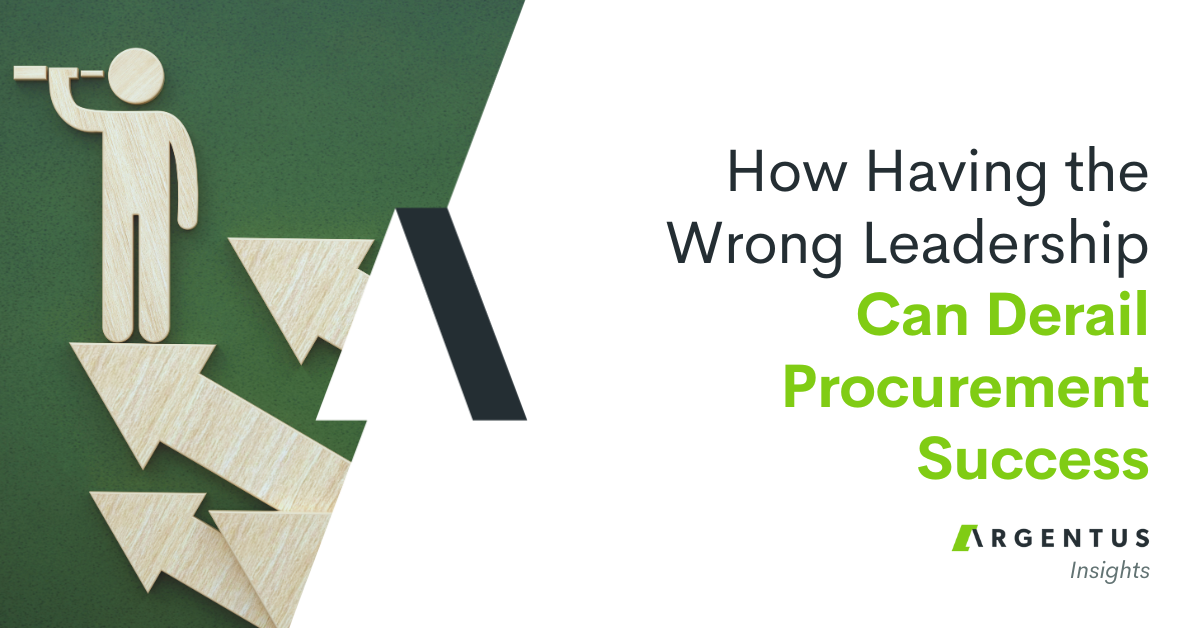Written by Dr. Madhav Dhurba. This guest post originally appeared on Kinaxis’ industry blog, The 21st Century Supply Chain.

In my recent conversations with the CPG industry executives, regardless of the company, there are several common themes and trends that bubble up. These trends make the business conditions more challenging, and some may say exciting. I will review some of these in this blog.
1. The assault on brands: The great recession of a few years ago has caused significant shifts in the consumer buying behaviors. Private labels have gotten better with packaging and presentation, in addition to value for money. A recent wall street journal article about Brandless, a company which sells generic CPG with simplified US$3 (three US dollars) pricing for every product on its site is an example of creative business models that are popping up. Competition is using pricing or niche assortments as a means to compete with branded manufacturers. Amidst lessening brand loyalties, CPG brand manufacturers are being forced to become more cost competitive.
2. Increasingly complex and volatile supply chains: There are several trends here that are causing increasing complexity and volatility for CPG supply chains. Here are some:
a) Increased price and promotional actions – Dynamic intraday pricing by the likes of Amazon and increased promotional activity targeted to consumer segments or even to individual consumers are causing more demand volatility, shifting more volume and revenue towards promotional business as compared to turn business. Word of mouth, good or bad, is now spreading much faster in online channels.
b) Commodity price and currency exchange volatility – together they introduce increased unpredictability into the business and make managing shareholder expectations more challenging.
c) Channel complexity –online channel is increasing in prominence with eCommerce getting into double digit percentages of the total size of the market in several emerging economies. In addition to on shelf availability (OSA), CPG companies will need to monitor their online availability (OLA). Amazon’s recent acquisition of Whole Foods will increase options for CPG fulfillment models. Also with retailers investing in private brands co-opetition between retailers and manufacturers is growing making collaboration somewhat of a challenge.
d) SKU complexity – As the assortments get broader, manufacturing is becoming more complex as the production lines need to handle more changeovers, pressuring OEE (Overall Equipment Effectiveness). This also makes previously unconstrained production lines constrained and managing mix level complexity more challenging.
e) Regionalized models are evolving – the regionalized model of CPG manufacturing and distribution is evolving towards an increasingly complex, cross-regional flows of the product. These cross regional flows and increased sourcing options add to supply complexity.
3. Emergence of subscription models: Amazon Dash buttons, Dollar Shave club, and HP instant ink are some examples of how the traditional transactional model of buying products when needed is being replaced by newer, stickier subscription models with more predictable demand signals and revenue streams. CPG companies can harness the power of such subscription models to align supply to true consumption, and bring more stability into their operations.
4. Shifting consumer demographics: In the mature economies, the middle class is feeling the squeeze with increased healthcare, educational costs and life expectancy. Emerging markets, while proving to be fertile ground for the growth of brands, are more recently under pressure due to softening economies amidst currency weakness and rising nationalism in the western hemisphere. Consumers are becoming increasingly health conscious and are looking for products made of organic, locally produced ingredients as much as possible. Deeper understanding of consumer choices and catering to them will provide topline growth opportunities for CPG brands.
5. Rising environmentalism: Recycling and reusing while reducing the global carbon footprint is not only becoming an imperative, but a competitive differentiation for brands and their social image. Environmental sustainability is near the top of every CPG supply chain executive’s agenda. Biodegradable packaging and retrieval of unconsumed products is becoming critical for CPG companies.
All in all, these trends are causing CPG companies to rethink their business strategies and operational models, increasingly making supply chain agility a core enabler. In a future blog, I will discuss some key ideas and practices for CPG in improving their supply chain agility.
What trends are you seeing? As always, would love to hear your thoughts. ![]()



0 Comments